Earlier this year Azur Games and Google Ads joined up to discuss the development and monetisation of the popular hyper casual games model. During the meetup Google's industry manager Anastasia Selchuk gave a presentation focused on present and future marketing of hypercausal.
Selchuk covers the changes we’ve seen after the height of Covid and how companies can look toward long term optimisation for their marketing in a time where changes in privacy regulations are shaking up the mobile market. While some feel these changes may spell the end for hypercasual, Selchuk has plans to adapt to these changes rather than fear them…
Talking about marketing trends can go on endlessly, but I want to focus on three main things:
- Long-term value-based optimisation.
- Hybrid monetisation.
- Changes in privacy regulations.
From burst ad campaigns to long-term optimisation
In previous years, especially during the COVID pandemic, a time when even our grandmothers were playing games, we saw a curve in the number of hypercasual game installations that looked like the image on the left.
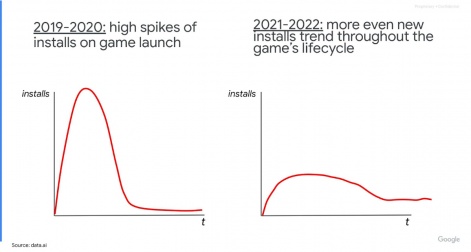
This shows a large spike in installs right after the game's launch, followed by a quick decrease in numbers.
However, from last year, we see a curve that resembles an elephant (on the right). There's no significant spike at the beginning, but the decrease in installs is much less steep. This means that optimising campaigns, apps, games, and overall project management is much more stable and long-term.
Those who have worked in mobile gaming for a while would know that this is the same pattern that the overall mobile gaming industry followed. In the early 2010s, the left curve was seen for casual and mid-core games, and shortly after, it all came to long-lasting games and campaigns. In my opinion, this is not a significant issue for hypercasual, but rather a signal of the industry's maturity we should take into account.
What does this mean practically?
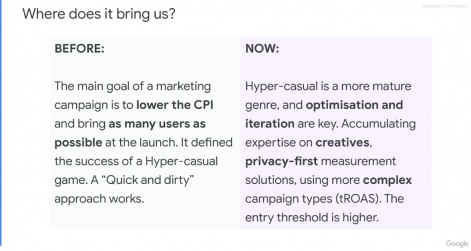
Previously, the approach was to attract the maximum number of users at the lowest possible CPI. We noticed that for many hypercasual game advertisers, the main indicator of the effectiveness of new projects was a low CPI. This was because it allowed for scalability and a successful game launch. Only a few creatives and campaigns were needed, and low competition made it possible to succeed with this approach if the game was viral enough.
Nowadays, even for viral games, this approach no longer works. More attention must be paid to your marketing strategy, and a test-and-learn approach should be adopted, which may take some time. This is a common situation for casual and mid-core projects, but something new for hypercasual games.
We also see that advertisers are using more complex types of advertising campaigns, including those available on Google.
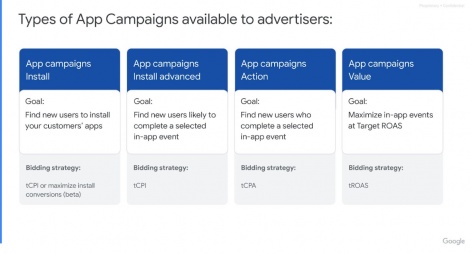
Most major advertising networks have similar campaign types, just with different names. However, this concept is widely used in the market.
There are campaigns that primarily focus on the number of installs. There are tCPA campaigns with specific goals for actions, such as in-app purchases or anything else. And then there's the most advanced bidding strategy, tROAS, where the campaign optimisation is based on a target ROAS. For example, you may want to achieve a 30% ROAS on day seven, and that's what the campaign optimises for. In reality, it’s a very complex campaign type to manage.
Finding a delicate balance is crucial for all campaigns, and particularly for more advanced bidding types.
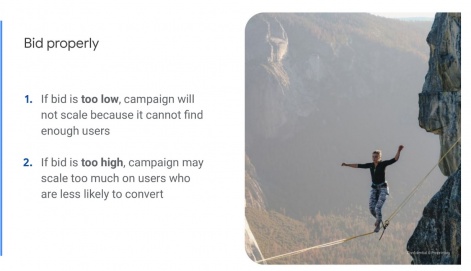
If the bid is too low, the campaign won't scale because you won't attract enough players. If the bid is too high, the campaign will become unprofitable.
And essentially, what this means is that the more advanced the campaign, the higher the bid needs to be, and the lower the install volume might be.
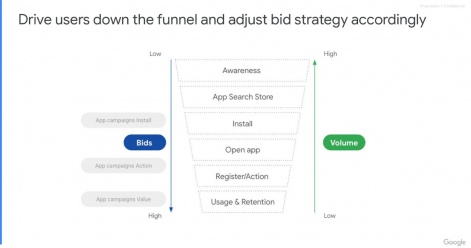
We see advanced Hypercasual advertisers use tROAS bidding more than before, which is important because it's a lengthy optimisation process. You have to wait for the campaign to gather enough signals to operate, and it requires more extensive and attentive creative optimisation. So basically, you're moving into the territory of casual game advertisers.
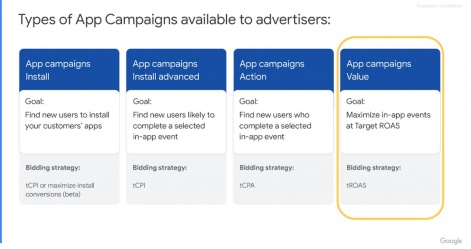
Overall, we see that casual and hypercasual game advertisers are converging in terms of their marketing strategies. This is not only happening on Google Ads, but in the market as a whole.
Case study: Voodoo
Here's a case study from Voodoo.
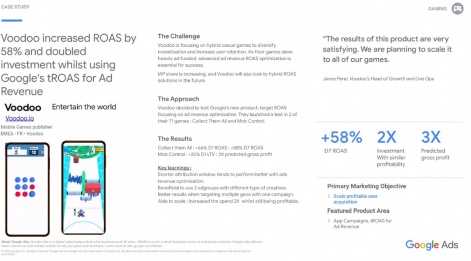
For hypercasual game advertisers, a challenge lies in the transferring of revenue data. If you have in-app purchases, it's relatively straightforward. However, if revenue comes from a third-party source, and if it's not broken down by cohorts, you'll need to perform some manipulations.
Here are the three integration types that allow you to transmit data to Google Ads:
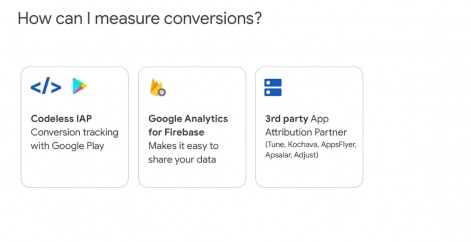
- Conversion tracking via Google Play. Obviously, this isn't for iOS apps.
- Firebase.
- Third-party trackers like AppsFlyer, Adjust, and others.
We'll focus on Firebase, which also lets you run tROAS campaigns. Here's how you can pass ad revenue data to Google Ads.
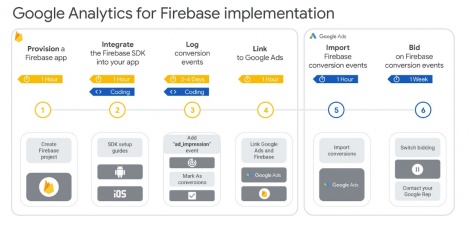
To begin with, the first step is to integrate the Firebase SDK, which is a straightforward process. After that, you need to register conversion events. In order to optimise ad revenue, it's important to specifically use the ad impression event. Then, all you need to do is connect your Firebase account with Google Ads, which is also quite user-friendly. Once done, you can use the conversion data to optimise your campaigns.
Here are a few tips on how to go about ad revenue campaign optimisation.
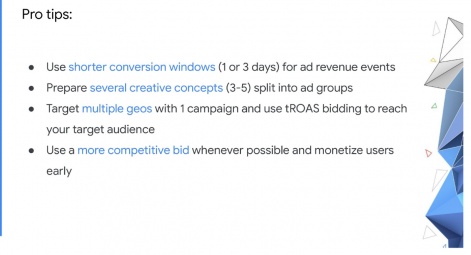
- Aim to use shorter conversion windows. Conversion windows refer to the time frames during which the campaign algorithm waits for a conversion to occur. If you have a one-day conversion window, the campaign will wait for one day for a conversion to happen, then close it. For hypercasual games, conversions usually happen early on, as they primarily rely on ad impressions and ad revenue, unlike mid-core games where conversions may take a week or even a month to occur.
- Prepare multiple creative concepts, as relying on a single concept may limit your ability to scale
- Target multiple geographical regions in a single campaign, based on your audience, language, and other relevant metrics.
- Use a more competitive bid, especially at the beginning of the campaign, to help it gain volume.
Game developers turn towards a hybrid monetisation strategy
Integrating both in-app purchases and ad revenue is a trending topic in the world of hypercasual games, and there’s a way to do it in Google Ads too. When setting up a campaign, you can choose several events.
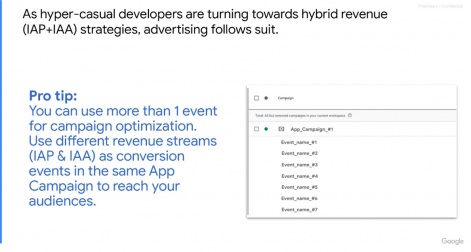
You can optimise your campaign towards in-app purchase events and ad revenue events. This is especially beneficial if your in-app revenue is higher, say, 20% instead of 5%.
Now let's talk about privacy.
Privacy changes are shifting the ads ecosystem
This is a very complex topic, and I'd like to touch on the relevance of privacy in hypercasual games. When ATT was first introduced, there were concerns that it could spell the end of hypercasual gaming. Fortunately, that hasn't been the case, and you can learn to adapt. In fact, a significant number of users are now giving consent to ad tracking.
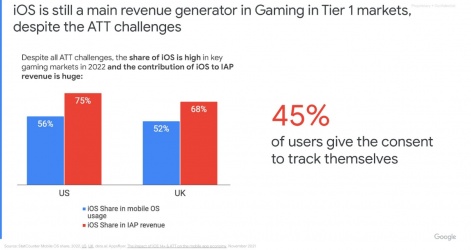
ATT mainly affected the attribution logic. While you can still see all actions and conversions on your end, ATT has made it more difficult to attribute specific events to a source, such as a UA source that brought them to your game.
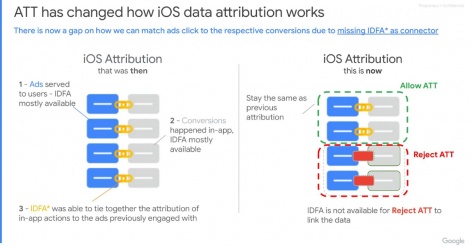
Previously, this was relatively straightforward since most users had IDFAs, but now a lot of users don't share them. This means that you can't attribute them accurately to an app campaign.
However, Apple has a tool called SKAN, which we recommend using in the measurement mix for iOS campaign performance evaluation. This is a separate topic, but it's worth mentioning.

There is no universal correct way to measure the effectiveness of iOS campaigns for everyone, as it all depends on the analytical system you use, your KPIs, and other factors. It's unlikely that there's a one-size-fits-all solution in the market yet.
Make sure to optimise your ATT prompt and don't disregard user data as irrelevant. Spend time to set up a SKAN schema that helps you make informed decisions on campaign performance. Also, it's important to figure out what measurement approach works for you by testing and learning from the results.
All this and Privacy Sandbox box too
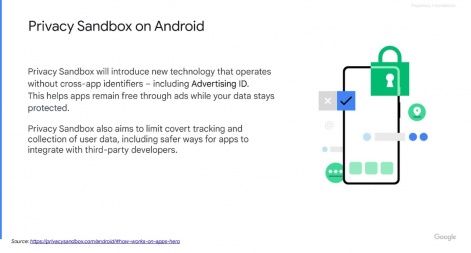
Privacy Sandbox aims to achieve the same goal of protecting users' privacy and giving them more control over what they choose to share with advertisers and networks.
One of the recent features of Privacy Sandbox is the beta version, which was recently introduced for Android.
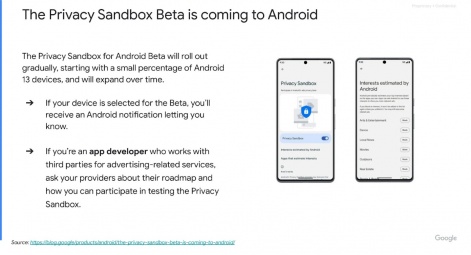
Some Android 13 users can already participate in the beta testing and control what information they want to share with advertisers. As a developer, it's important to reach out to your third-party providers and monetization networks to learn more about their plans and how they intend to implement it.
Diverse and complex creatives
As I mentioned earlier, creatives are becoming increasingly important in optimising campaigns and improving their results. They are also becoming more diverse and complex.
Let me tell you a bit about our approach to creatives. In Google app campaigns, you can upload various assets such as images, videos, texts.
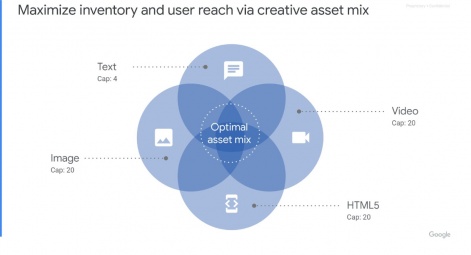
These assets are then combined to create real ads that users will see. Depending on the ad placement, you can use a text in a video or an app icon in a text.
Optimise and maximise the number of assets you upload, as well as the number of creative concepts you use. Don't just upload one text and one video, try to upload at least several creative concepts to get the best performance from your campaign.
There are different approaches to making creatives and developing creative concepts.
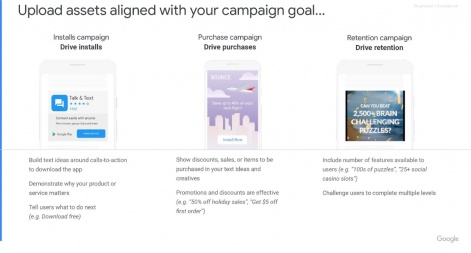
In general, it's important to think about the end user and why they should play your game. Consider their motivations, what might capture their attention, and sometimes even directly tell them what to do in the ads, as it can be really effective.
Top tips for hypercasual advertisers

Which all breaks down into some tips for hypercasual advertisers.
Plan ahead to optimise your game for advertisements. Consider how the game will look in ads when creating the visuals and core gameplay. Short videos are also effective for this purpose. Experiment with different ad lengths, particularly with videos. Playable ads work well and combining them with videos can be even more effective. Sound effects can also be a great addition. Many users watch ads with sound on, which can be very impactful.
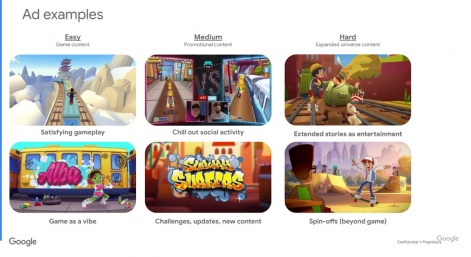
Although not a hypercasual game, Subway Surfers' gameplay resonates with some hypercasual games. You can see the variety of approaches used to present content in different ads. In addition to cool and satisfying gameplay, the use of influencers, stories, and challenges is also effective in advertising. So, if you have an opportunity to introduce variety in your creatives, it is going to work to your advantage.
Edited by Paige Cook





















